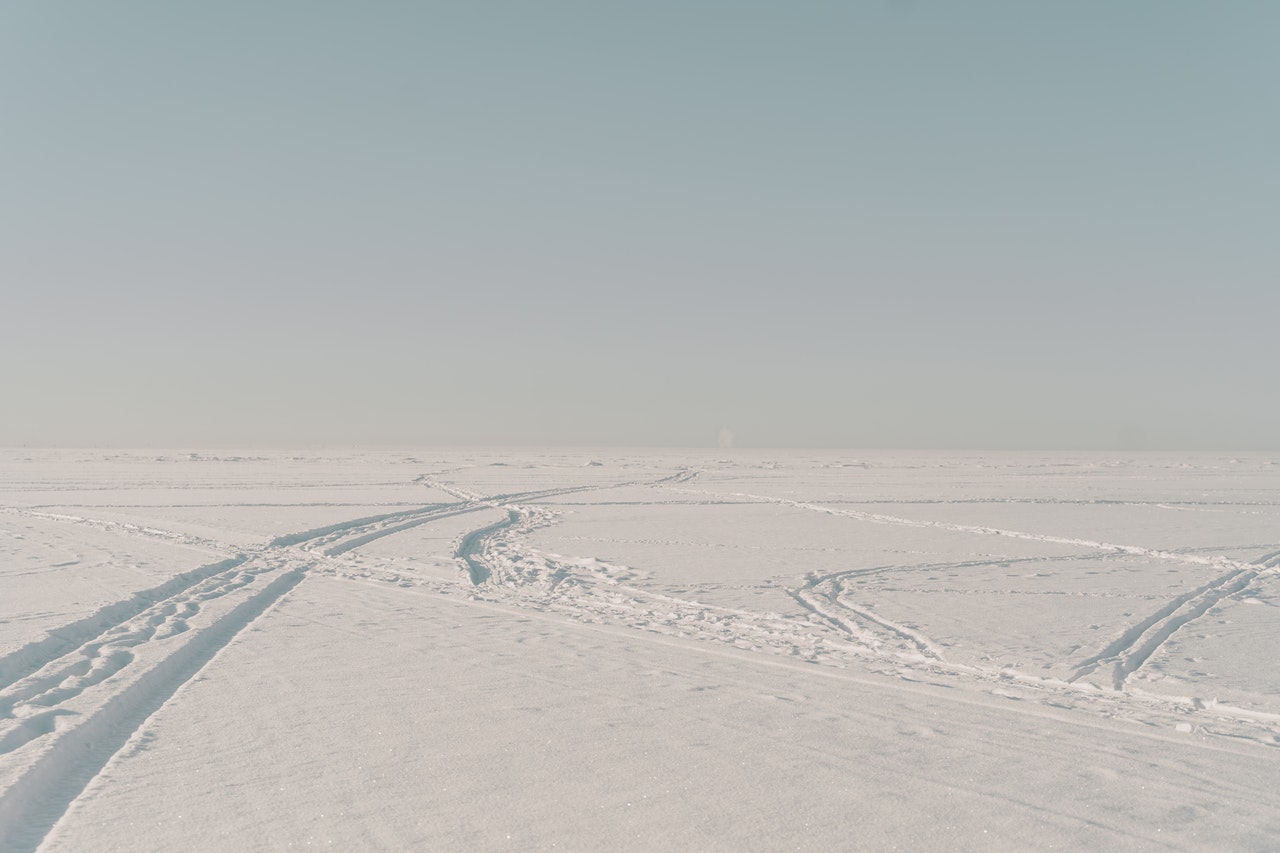
I learned this today. Antarctica is a polar desert because it has less than 250mm a year of precipitation, which is the set amount to be classified as a desert. However, it is classified as an ice cap climate because it isn’t hot enough to be called a desert.
Deserts can be classified using the Kōppen Climate Classification, created by the German-Russian climatologist Wladimir Kōppen in 1884. This divides climates into five main groups. A: tropical, B: dry, C: temperate, D: continental, and E: polar. A tropical climate has an average monthly temperature of over 18℃ and significant precipitation. A dry climate has little precipitation and an average temperature greater than 10℃. A temperate climate has a minimum average temperature of between 0℃ and 18℃ and at least one month with an average temperature of above 10℃. A continental climate has at least one month’s average temperature below 0℃ and one month’s above 10℃. A polar climate has an average temperature below 10℃ for every month of the year. There are obviously smaller categories within these larger categories.
Antarctica falls within both the dry and the polar categories. It has less than 200mm of average precipitation, which puts it in B, the dry category. However, it doesn’t have the temperatures that a dry category desert needs.
The average temperature for Antarctica varies a lot. People forget how large Antarctica is. It is actually larger than the whole European continent and twice as large as Australia. The temperature by the coast can go as high as 10℃ in the summer and drop to -30℃ in winter. Inland, it can be -30℃ in the summer and drop to -80℃ in the winter. This means, Antarctica is an EF category, which is a polar ice cap climate. Dry but cold.
The precipitation over Antarctica is incredibly low because it is so cold. The rain cycle works when water evaporates from the ground and goes up into the sky. It forms clouds and the evaporated water droplets start to condense with other droplets and get heavier. When they are too heavy to stay suspended in the air, the fall as rain and the cycle is repeated. This cannot happen in Antarctica because it is not hot enough for the water to evaporate, so it stays permanently frozen on the ground as ice. The precipitation that does fall in Antarctica is less than 150mm per year and it almost exclusively falls as snow.
If you see video footage of Antarctica, it may appear that it is snowing, but that is actually the wind blowing the snow around. Antarctica is one of the windiest places on Earth. This is caused by katabatic winds. Katabatic winds are caused because the temperature of the inner region of the Antarctic, the Polar Plateau, is so low. In most of the world, the land is warm and the air above it is warm but slowly cools as it gets higher. Cold air is more dense than hot air, so the cold air sinks and causes winds and temperature cycles. In the Antarctic, the land is so cold that it chills the air directly above it, putting the coldest and densest air at the bottom. This massive layer of cold dense air sits above the polar plateau, and it is heavy, so it flows down from the high ground towards the coast, like a river, displacing warmer air as it goes. This leads to the incredibly strong winds and the illusion that it is snowing.
Antarctica wasn’t always so cold. It used to be part of Gondwana and was between the landmass that became Africa and the landmass that became Australia. Up until 50 million years ago, it was actually a warm continent with a conifer rainforest and a temperate climate. As the levels of carbon dioxide in the atmosphere started to decline, the global temperature cooled and ice started to form, slowly killing off the trees and animals that couldn’t adapt. Since 15 million years ago, Antarctica has been continuously covered with ice.
Antarctica is different to the Arctic in that the Arctic is floating sea ice and Antarctica is a continent that is covered in land ice. About 70% of the world’s freshwater is frozen on Antarctica. That is why people are worried about the ice caps melting. If the Arctic melts it won’t raise sea levels because it is already in the sea, but if the Antarctic ice melts it would raise global sea levels by up to 60 meters. That is quite a worrying thought.
So, the Antarctic is not a desert in the same way as the Sahara Desert. It has low precipitation but its temperatures are too low to meet desert requirements. Instead, it is classified as an ice cap climate or a polar desert. And this is what I learned today.
If you read this far, I would appreciate a like and a follow.
Photo by cottonbro from Pexels
Sources:
https://www.nasa.gov/audience/forstudents/k-4/stories/nasa-knows/what-is-antarctica-k4.html
https://lisbdnet.com/why-is-antarctica-classified-as-a-desert/
https://en.wikipedia.org/wiki/K%C3%B6ppen_climate_classification
https://en.wikipedia.org/wiki/Ice_cap_climate
https://en.wikipedia.org/wiki/Antarctica
https://en.wikipedia.org/wiki/Polar_desert
https://www.antarctica.gov.au/about-antarctica/weather-and-climate/weather/
https://www.learnz.org.nz/scienceonice144/bg-standard-f/antarctica
https://www.amnh.org/learn-teach/curriculum-collections/antarctica/extreme-winds/katabatic-winds

